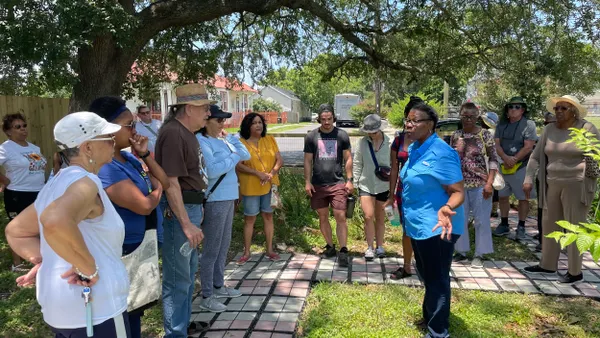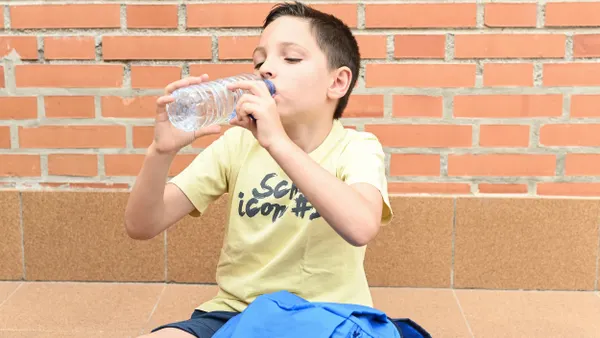Dive Brief:
- The Los Angeles County Board of Supervisors has adopted an ambitious climate and sustainability plan that sets the county to go carbon neutral by 2050. The OurCounty plan also calls for eliminating fossil fuel production in the county and transitioning the sector’s workers to the clean energy industry.
- The plan includes more than 150 strategies focused on health, including initiatives around food systems, transit-oriented development and housing affordability. The plan says county officials will use zoning policies to "promote thriving places for current and future generations."
- The plan was developed over two years with input from nearly 1,000 stakeholders throughout the county.
Dive Insight:
Los Angeles County, with 10.1 million residents, is the nation’s largest non-state government entity and is larger than all but 10 states, which means the sustainability plan will be closely watched as a model for others.
Supervisor Sheila Kuehl said in a statement that the OurCounty plan is "the biggest in the nation, the most ambitious in the nation, dare I say the most progressive in the nation." It also joins ongoing climate and sustainability plans from the state of California, which seeks to reduce emissions 40% of 1990 levels by 2030, and the City of Los Angeles, which announced a Green New Deal this spring seeking 100% renewable energy by 2045.
Of particular concern is water quality and availability; the OurCounty plan sets a goal of sourcing 80% of water locally by 2045, up from 41% currently. That will come through stormwater capture, recycled water and conservation.
Significantly, the county-level plan goes well beyond energy production and transportation, with goals that cover the living environment for disadvantaged people. By setting goals around zoning — including setbacks from industrial and fossil fuel operations — the county shows that sustainability is also about changing people’s lifestyles and local environments. The plan includes a section on engaging disadvantaged communities in decision-making and sustainability plans.
That’s the result of significant community outreach, including two phases of stakeholder involvement and workshops organized by the social justice group Liberty Hill. Michele Prichard, director of Liberty Hill’s Common Agenda program, said that letting residents list their priorities helped make the plan more comprehensive than it could have been. That fits in with some of the environmental justice goals that have become part of Green New Deal plans, on top of the sustainability language.
"The community has everything to do with the ambition of the plan, especially its more visionary components," Prichard told Smart Cities Dive. "The fact that we have a chapter on food systems is because of what we heard in the community. The discussion on housing and gentrification and transit-oriented development, that came from the community."









